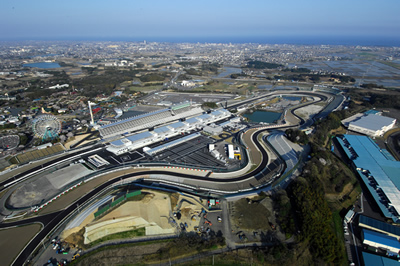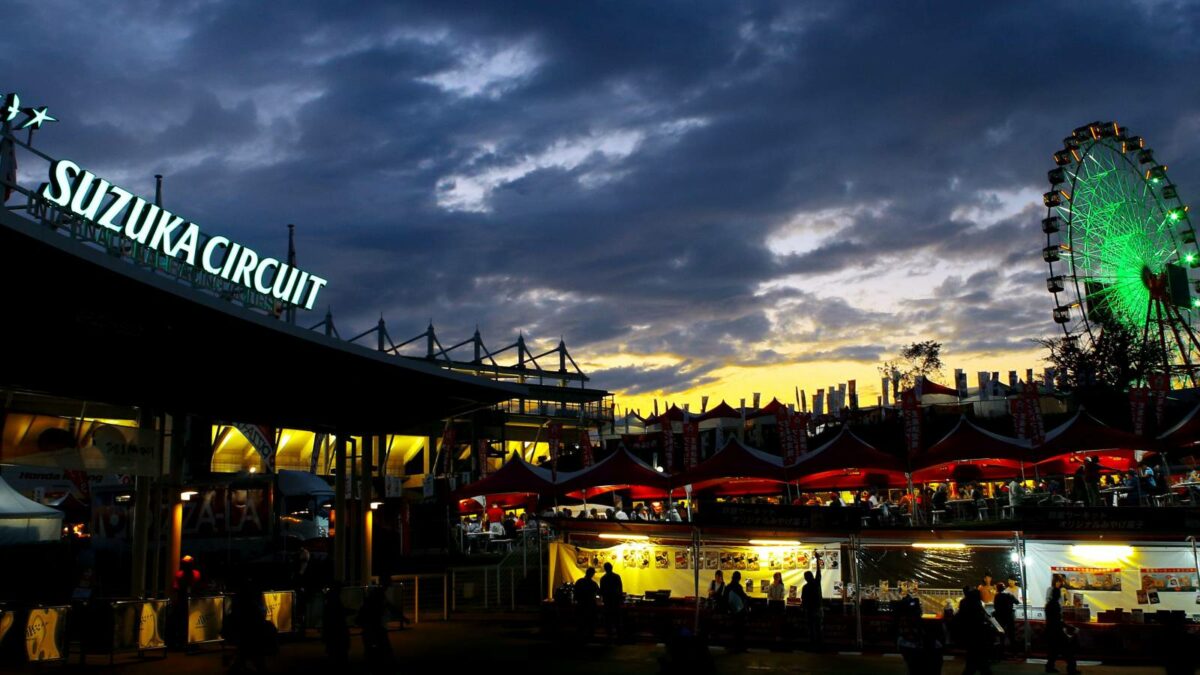Here’s everything you need to know about the Suzuka Circuit’s track guide – the Japanese Grand Prix this weekend.
The focus of Formula 1 enthusiasm turns to Japan this weekend, following the thrilling Singapore GP. The Japanese Grand Prix, which began in 1963, is marking its 50th anniversary.
Throughout its long history, this race has frequently been instrumental in deciding the World Drivers’ Champions, with 12 championship-deciding moments occurring in the 35 times it has been part of the World Championship. The upcoming Japanese GP is scheduled to take place at the famous Suzuka Circuit from October 22nd to 24th.

The Suzuka Circuit, a renowned location in the Formula One World Championship, has been part of the Japanese Grand Prix schedule since 1987. Located in Ino, Suzuka City, Mie Prefecture, this circuit covers a length of 5.807 kilometers. Starting in 2009, it has consistently served as the venue for the Japanese Grand Prix, except for 2020 and 2021 when the races were canceled due to the COVID-19 pandemic. The track holds an FIA Grade I license and has the capacity to host up to 155,000 spectators.
Michael Schumacher holds the distinction of being the most accomplished driver in the history of the Japanese Grand Prix, triumphing on six occasions.
Among the present roster of Formula 1 drivers, Lewis Hamilton is the standout, having secured victory five times, making him the most successful active participant in this race. Fernando Alonso has also savored success at the Japanese GP, claiming victory twice in 2006 and 2008. In the most recent edition held in 2022, Max Verstappen celebrated a first-place finish, with Perez and Leclerc joining him on the podium.
Suzuka offers one of the most challenging tracks in the F1 Calendar
The Suzuka Circuit in Japan holds a special place on the Formula 1 schedule due to its distinctive and challenging track layout. While it doesn’t guarantee faster lap times by default, it does promote fierce competition and the possibility of achieving quicker laps.
This circuit, featuring a mix of high-speed straights, tricky corners, and elevation changes, presents a substantial test for both drivers and teams. This blend of technical intricacy and speed has made it a beloved choice among Formula 1 fans.

The demanding figure-eight track design, which includes renowned corners like the “S” curves and the legendary 130R, necessitates precision and expertise from the drivers. The circuit’s smooth flow enables skilled drivers to establish a rhythm that they can use to push their cars to the limit.
Nevertheless, achieving faster lap times at Suzuka calls for a delicate equilibrium between audacious driving and finely-tuned equipment. Furthermore, the unpredictable Japanese weather introduces an additional layer of challenge to the Suzuka Circuit.
More Formula One News
- Lewis Hamilton doesn’t support IOC’s decision on Black Lives Matter gear during Olympics
- Max Verstappen left surprised as he reaches 100 race milestone with Red Bull
- Damon Hill left in awe after Lewis Hamilton racks up 100 poles in F1 ahead of 2021 Spanish GP
Follow our dedicated Formula One page for instant Formula One news and updates

